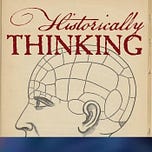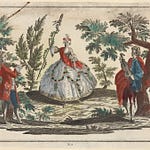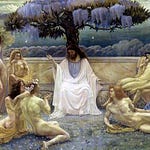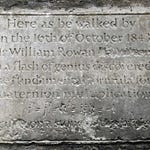Originally published on July 1, 2024 (Episode 365)
Introduction
In 1978, along the Potomac River in Westmoreland County, Virginia, people began to see…something…snakelike, rippling through the water. Then, in the early 1980s, sightings multiplied around Kent Island, at the very heart of the Chesapeake Bay. Soon the creature was dubbed “Chessie.” Perhaps because of the cute name, it became known in Maryland as a “friendly monster”. While no biological traces were ever found of Chessie, the sea serpent that didn’t exist became an icon of the Chesapeake environmental movement.
But what was really going on? Why did so many—myself included at the time—want to believe in Chessie? What does a sea monster have to do with suburban sprawl, leisure culture, and saving the Bay? With me to explore Chessie’s cultural moment is Eric Cheezum, author of Chessie: A Cultural History of the Chesapeake Bay Sea Monster.
About the Guest
Eric Cheezum is an independent historian based on Maryland’s Eastern Shore. His research spans regional history and cultural memory.
For Further Investigation
Related Episodes
“Flying Saucers” – Greg Egighian on UFOs and why humans want to believe
“Fish Market” – Jonathan Rees on food, place, and cultural meaning
Other Resources
David Halperin, Intimate Alien: The Hidden Story of the UFO (Stanford, 2020)
James Elkins, The Object Stares Back: On the Nature of Seeing (HarperOne, 1997)
Hal Rothman, Devil’s Bargains: Tourism in the Twentieth Century American West (Kansas, 1998)
WBAL-TV: “The legend of ‘Chessie’ is alive and well 35 years later”
Chesapeake Conservation Partnership: “Chessie: The Chesapeake Bay Sea Monster”
💬 Listen & Discuss
Why do we see monsters when we look at the water? What does believing in Chessie reveal about our anxieties and hopes for the Chesapeake Bay? Share your thoughts in the comments, and send this episode to anyone who loves folklore, the Bay, or a good monster story.











